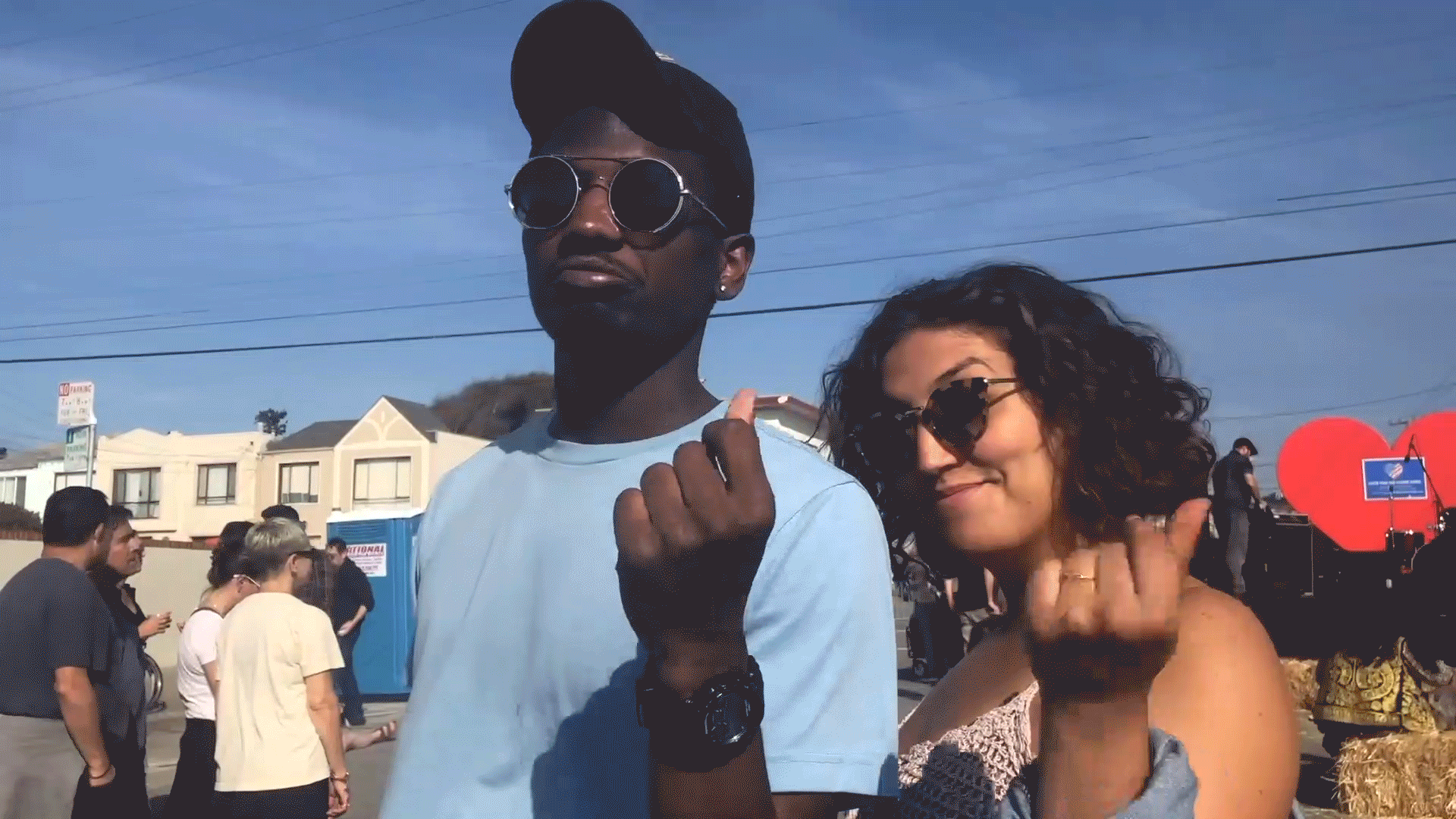&papaya
MAKING SUSTAINABLE FASHION DESIRABLE
My role: ads and marketing (A/B Testing), brand vision, brand voice, art direction, content strategy, photography and videography
&papaya is a sustainable fashion line that creates hand stitched pieces entirely from material that would have been thrown away, also known as deadstock material.
Founded by myself and four other Stanford product designers, we aimed to answer the question of how to make sustainable fashion more desirable.
User Research
We wanted to learn more about how college-aged women felt about sustainable fashion, so we asked a lot of questions about thrifting, one of the most common and well-known ways to practice sustainable fashion
Alex
“I’m looking for pieces that look like you couldn’t find them today, the allure of luxury brands are that they are exclusive, thrift shopping gives me the same outcome, rare and hard to find”
Kelsey
“I have mixed feelings about thrifting, it’s fun and I can find really unique pieces, but it takes commitment and dedication to find something worthwhile”
Julia
“Sustainable fashion kind of looks like a potato sack, and that’s just not my style i love color and pop”
We also conducted a survey where we asked individuals two questions:
01. On a scale from 1-10, how much do you care about shopping sustainably?
02. On a scale from 1-10, how much do you shop sustainably in practice?
We found that, on average, the amount people care was always 2-4 points higher than in practice: i.e. “I care 7, I practice 3”
Insights and Questions
The research we did lead us to a few insights:
Insight 1: People want their clothes to feel one of a kind, individual and unique
Insight 2: People don’t like the current connotations of ‘sustainable’ looks
Insight 3: People who say they care about sustainability don’t actually buy sustainably in practice
So we decided to ask the question: How can we reduce the gap between the desire and the ability to live and buy sustainably?
A/B Testing to determine brand vision
My role was to help build the brand, through both imagery and messaging. Throughout the project, I was in charge of testing various brand elements to help determine our overall brand vision. This involved a lot of A/B testing through advertising.
Test 1: Color
As one of the fundamentals of a brand, our first test was to determine our color palette. We had two options: bright and energetic or earthy and calm. We surveyed our target user group by sending out the palette and mood boards and having them vote.
“I like Color Palette #1. Most sustainable clothing brands go for something similar to #2, but I think there is a lack of fun and bright sustainable clothes in the space right now.”
Test 2: Brand Messaging
For brand messaging, we ran two tests. Our first test was early stage, to get a sense of which general direction our users responded to the most. For this round, there were three messages we were testing:
01. We make sustainability easy
18% of votes
02. We make sustainability fashionable
41% of votes
03. Sustainability is our #1 priority
41% of votes
The second test we ran for messaging was when we were further along. From the previous test we knew that ‘fashionable’ and ‘positive environmental impact’ were both top of mind for our consumer. With this in mind, we wanted to narrow in on a tagline for our company. We ran 5 different ads on Instagram that were identical except for the tagline and monitored the Click Through Rates (CTR).
Edgy
Cheap
Unique/Handcrafted
Sustainable
Customizable
Tag-lines 3, 4 and 5 had the highest CTR’s
This confirmed our initial insights that uniqueness and individuality were just as important to consumers as sustainability was.
Test 3: Brand Imagery
Most fashion lines rely heavily on photography in their brand, but we wanted to ask ourselves what else we could do to stand out? Again, we tested a few different styles and monitored the CTR’s.
01. Video footage only
CTR: 3.8%
02. Painted Imagery
CTR: 4.2%
03. Collaged Imagery
04. Educational
Some Ad material that wasn’t used in any ads, but was still cool!
Test 4: Shirt Styles
Once we had produced a few shirts, the last test we ran was on various shirt styles. For this test, we used our Instagram, and monitored various activity on each of the posts including likes, comments, saves, and shares. The patchwork shirt was by far the most popular.
Art Direction and Photo Shoots
Once we had done more research into manufacturing, it became clear that we might have to raise the prices of our shirts, meaning we might need to shift our branding from young, fun and outdoorsy to edgy, creative and high-fashion. I did some explorations into this new direction through photo shoots.













































